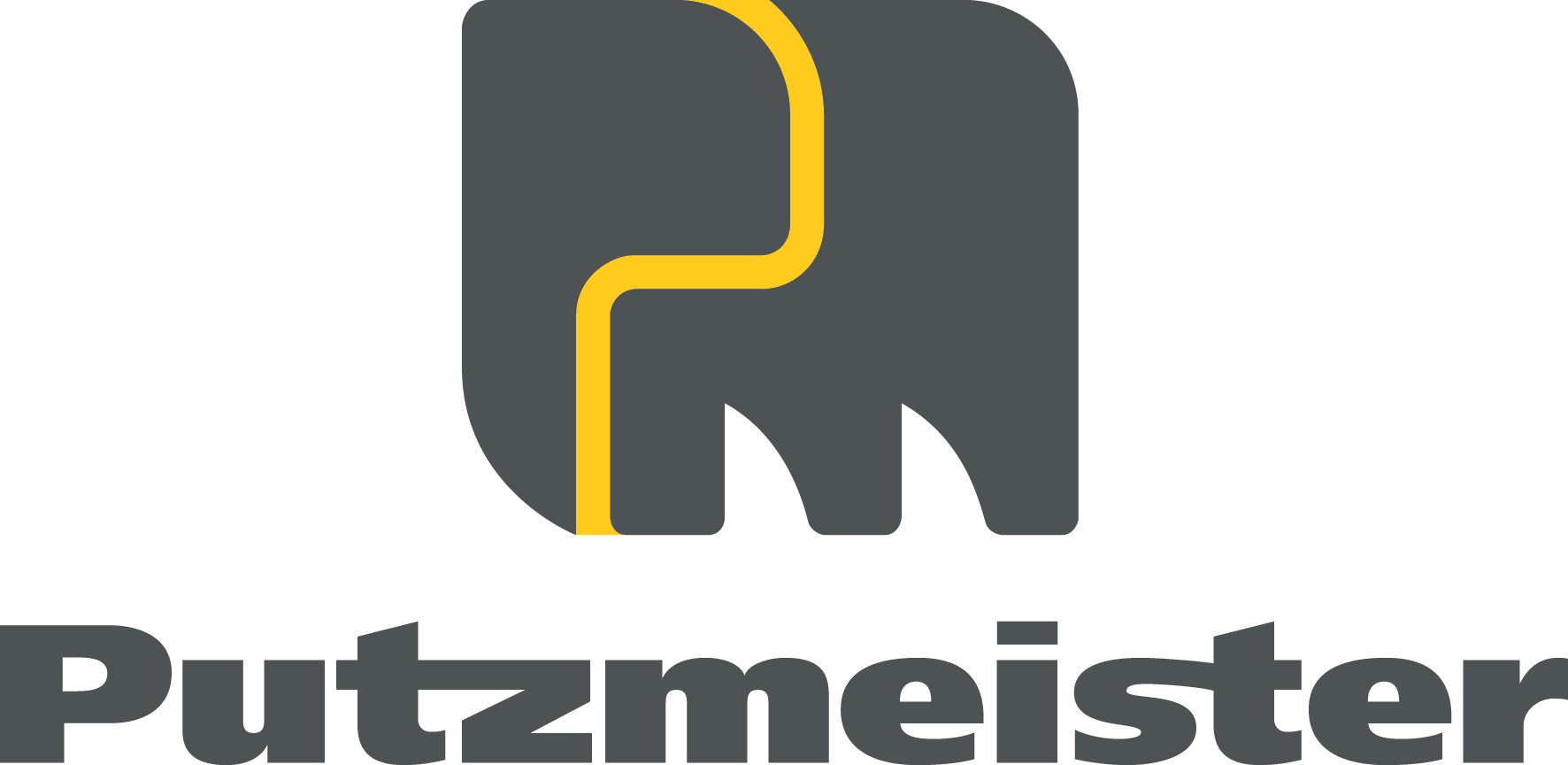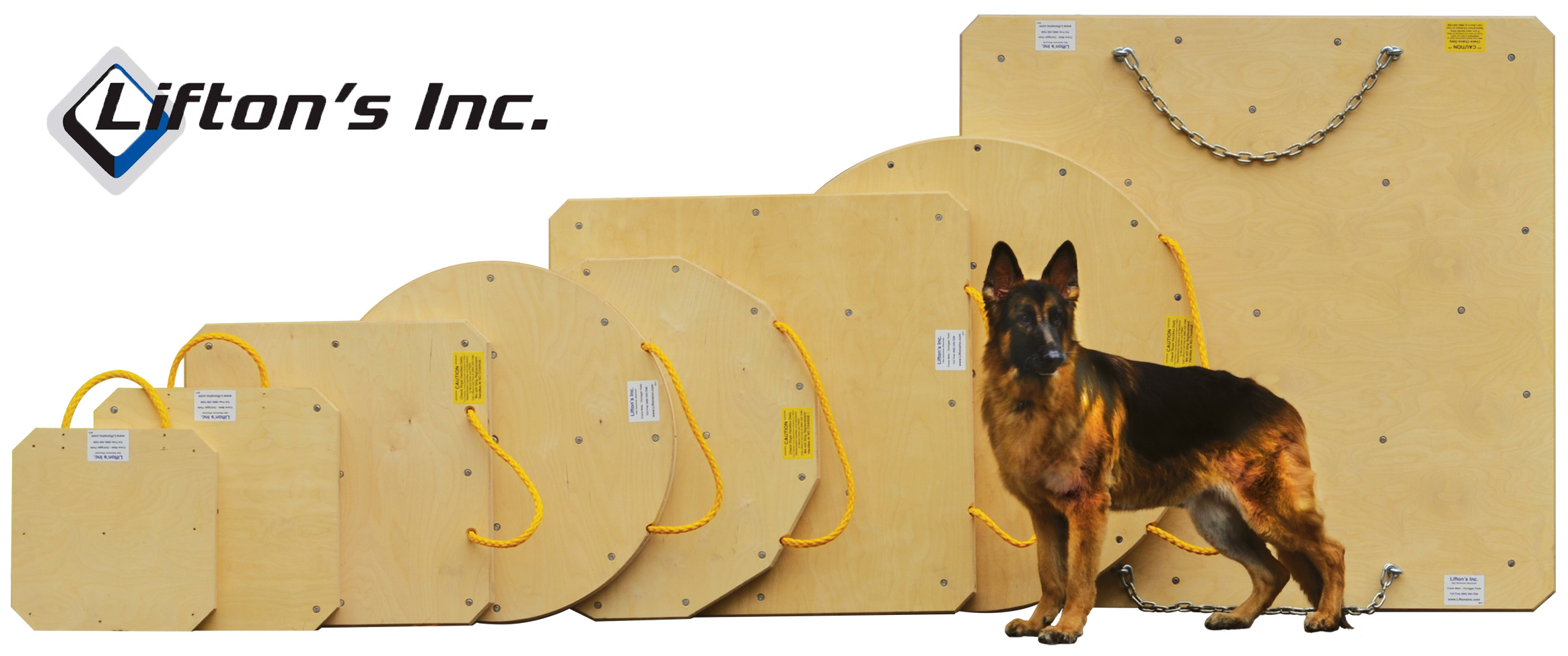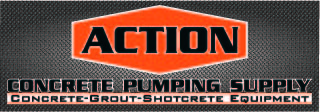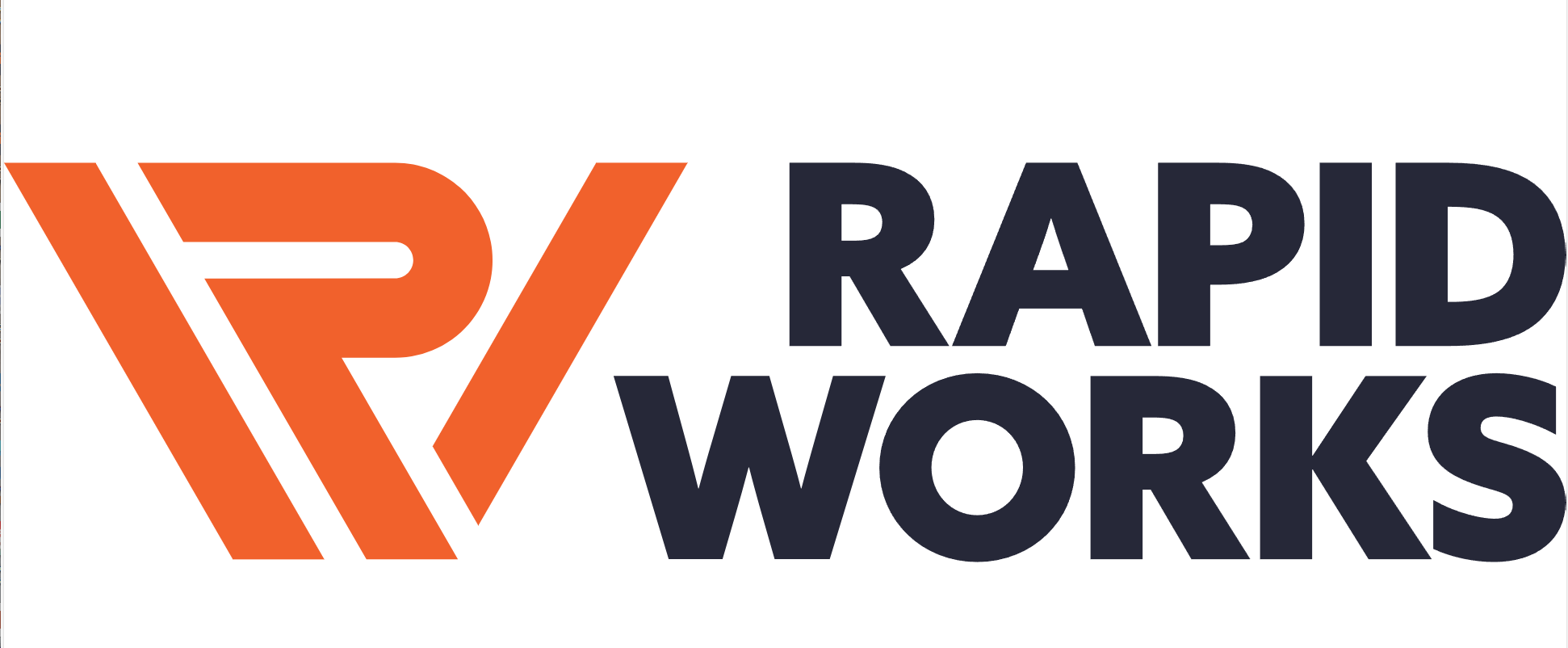Question: When does an OSHA violation become a crime?
Answer: When it’s "WILLFUL".
What’s a willful violation? Here’s one example. A falling beam killed two construction workers at a Chicago project. The accident was caused by the failure of an L-shaped connector that was secured with just a single bolt and no nut. OSHA brought criminal charges against the company. A jury found the company guilty of a 'willful' OSHA violation. The company was fined $1 million and put on five years’ probation [ United States v. Pitt-Des Moines, Inc. , 168 F.3d 976 (7 th Cir.), 1999].
Criminal Liability. . .
As the Pitt-Des Moines case shows, a company can be criminally liable for certain OSHA violations. But the violation must be considered 'willful'.
Under Section 666(e) of the OSHA statute, if a company commits a 'willful violation' of a health or safety regulation and a worker dies as a result, the company can be fined $500,000 per fatality. Officers and directors of the company can also be individually liable and face fines of $250,000 per fatality and up to six months in jail.
All violations aren’t the same. Willful violations are the worst kind. Serious violations are second worst. But only willful violations carry potential criminal penalties.
. . . And How to Avoid It
This means that avoiding willful violations is the key to protecting your company, its officers and directors, and perhaps yourself against criminal liability under OSHA. How do you avoid willful violations? Answer: By exercising diligence to comply with all OSHA standards and eliminate hazards.
What Is Diligence?
Diligence isn’t just a one-time or sporadic activity; it’s something you have to do on a regular, ongoing basis. You need to ensure that the company has a system for:
- Conducting hazard assessments to identify hazards;
- Preparing written safety programs to address the hazards;
- Training and instructing workers;
- Performing walk-around inspections to identify hazards and document corrective action; and
- Disciplining workers who violate safety rules and procedures.
Role of Corporate Officers and Directors
Your corporate officers and directors need to be directly involved in these efforts. But they don’t have to perform these functions personally. They can leave the day-to-day details to you and your supervisors. But they’re responsible. In other words, the CEO doesn’t have to don a helmet, go to the worksite and make sure all L-connectors are nailed down; but he does have to make sure somebody does.




















.jpg)
.gif)

.jpg)









.jpg)








